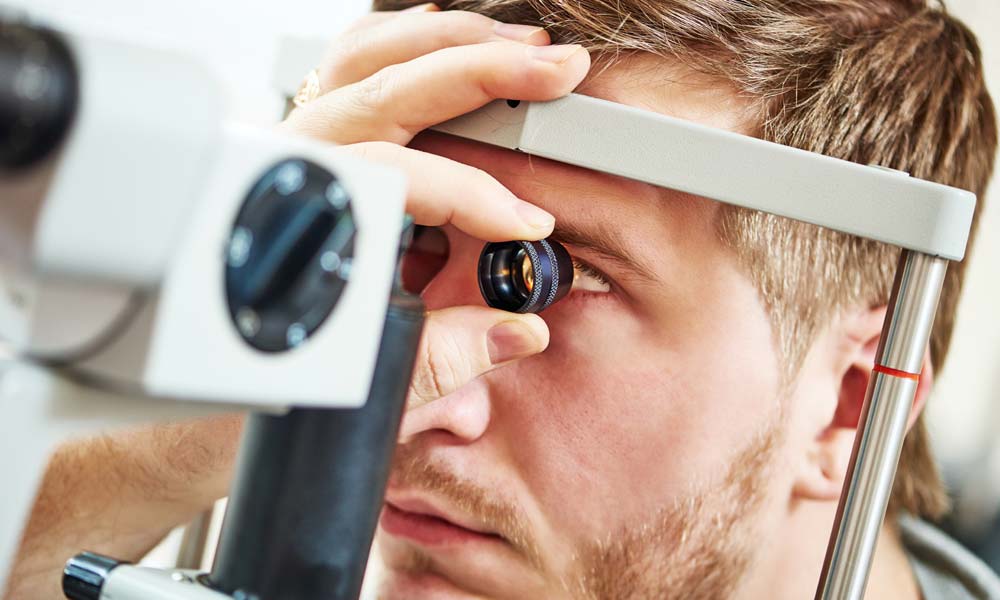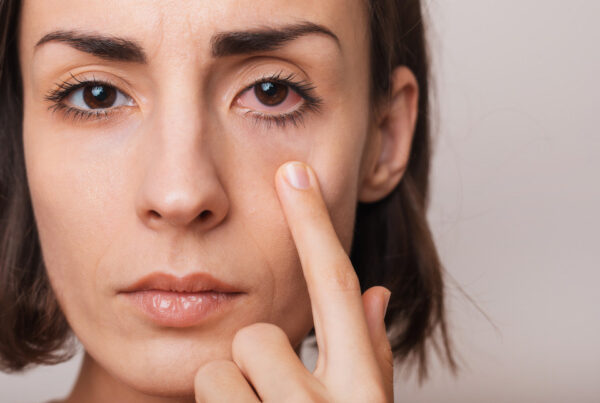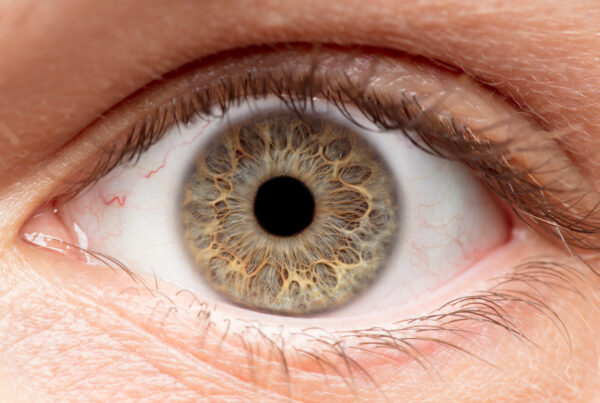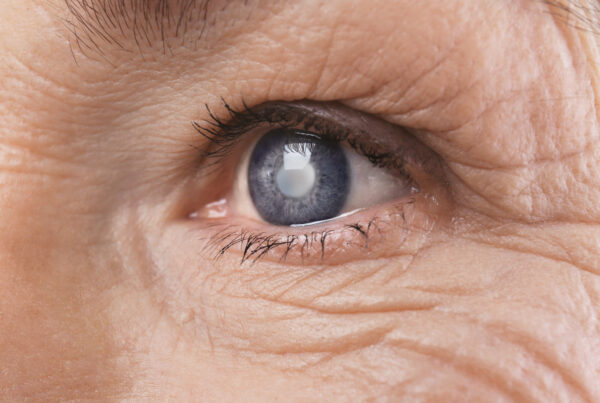
As we rapidly approach the holiday season, families begin arranging travel plans. However, if you have upcoming eye surgery or suffer from an eye condition, it may not be in your best interest to fly.
The American Academy of Ophthalmology often receives questions regarding air travel and eye surgeries or conditions. Every patient’s situation differs, so speak with your ophthalmologist if you have any concerns about your eye health.
If you were recently diagnosed with an eye condition, ask your ophthalmologist if you should limit or avoid certain activities. Ensure you understand your doctor’s recommendations, asking questions when necessary.
General Guidelines
Follow these general guidelines when discussing your travel plans with your eye surgeon or ophthalmologist:
- Ask what to expect following surgery to distinguish between mild and severe symptoms.
- Consider staying home for a few days — or as long as your doctor recommends—in case of a problem.
- Always attend follow-up appointments so your doctor can ensure you’re healing as expected.
Eye Surgeries and Flying
Whether you can fly after eye surgery depends on the procedure and your ophthalmologist’s recommendations. We outline several types below:
Retina Repair
During a retina repair, the ophthalmologist often injects a gas bubble to stabilize the retina while it heals. Any significant air pressure change can cause this gas bubble to expand to a potentially dangerous size. If the gas spreads inside your eye, it can cause considerable damage and even blindness.
Therefore, you must avoid flying or scuba diving until your doctor gives the green light. Remain at about the same altitude following your surgery until your ophthalmologist confirms the gas bubble has disappeared. Conversely, flying with a silicone or oil bubble after a retina repair is generally safe.
Retinal Tears
In most cases, doctors perform retinal repair surgery with a laser. There is nothing wrong with flying after laser retina surgery. However, retinal tears can become retinal detachments, often requiring injecting gas or liquid into the eye. In that situation, flying in a plane could pose serious harm.
Cataract Surgery
Cataract surgery is a safe procedure whereby a clear artificial lens replaces your cloudy natural lens. Patients remain awake but comfortable during the process. Since it’s relatively low-risk, flying after cataract surgery poses no problem for air travel – be sure to attend every follow-up appointment.
You could still board a plane if your cataract surgery had unforeseen complications. Once your doctor clears you for everyday activities, you can fly immediately. However, if your doctor placed air or gas into your eye during the procedure, you may have to wait a little longer.
Glaucoma Surgery
Pressure changes from flying aren’t a concern after glaucoma surgery, whether a peripheral iridotomy, laser trabeculoplasty, or shunt implantation. You can fly as early as the next day. Ensure you receive your doctor’s approval and follow up as necessary after the surgery.
Corneal Transplant
Flying could be dangerous if your ophthalmologist placed an air or gas bubble into your eye during corneal transplant surgery. If you undergo this procedure, you must get your doctor’s approval before traveling by air.
Other Eye Surgeries
It’s safe to fly after most surgeries on the outer part of the eye or eyelids, like pterygium surgery (when a benign, fleshy growth is removed from the eye) or eyebrow-lifting surgery. The biggest concerns when flying after any surgery on the exterior of the eye include the following:
- Ensuring you see your doctor for follow-up appointments as scheduled
- Keeping the eye clean
- Protecting the eye and surgical wound from drying on the flight
Eye Conditions and Flying
Like surgeries, eye conditions and their results vary from person to person. Therefore, whether it’s safe to fly also differs. Common eye conditions include:
Retinal Holes or Wrinkles
Flying won’t make retinal holes or wrinkles worse. However, retinal holes can sometimes turn into a retinal detachment, an eye emergency. If you have retinal holes or wrinkles, discuss all travel plans with your ophthalmologist to ensure you can receive emergency medical care while away.
Keratitis
Flying poses no danger if you have keratitis. However, the air inside planes is often dry and worsens keratitis symptoms. Be prepared to keep your eyes comfortable with eye drops or other relief methods that work for you during the flight.
Posterior Vitreous Detachment
Posterior vitreous detachment (PVD) occurs when the gel-like liquid inside the eye shrinks and pulls away. Although there’s no danger in flying with PVD, the condition can lead to retinal detachment. Speak with your doctor about the next steps because you must receive emergency care should it become a detachment.
Flashers and Floaters
Flying won’t worsen flashers and floaters, but they can indicate a retinal detachment or another issue. See your ophthalmologist as soon as possible before your flight if you notice a sudden increase in flashes or floaters.
Learn More About Flying After Eye Surgery
At SureVision Eye Centers, we’re dedicated to the patients we serve. We specialize in eye conditions and treatments, and it’s our goal to ensure your eyes stay healthy. If you have any questions or concerns regarding flying after eye surgery, schedule an appointment with one of our doctors today!
This article was originally published on January 25, 2017, and updated on October 7, 2022, for cohesiveness.



